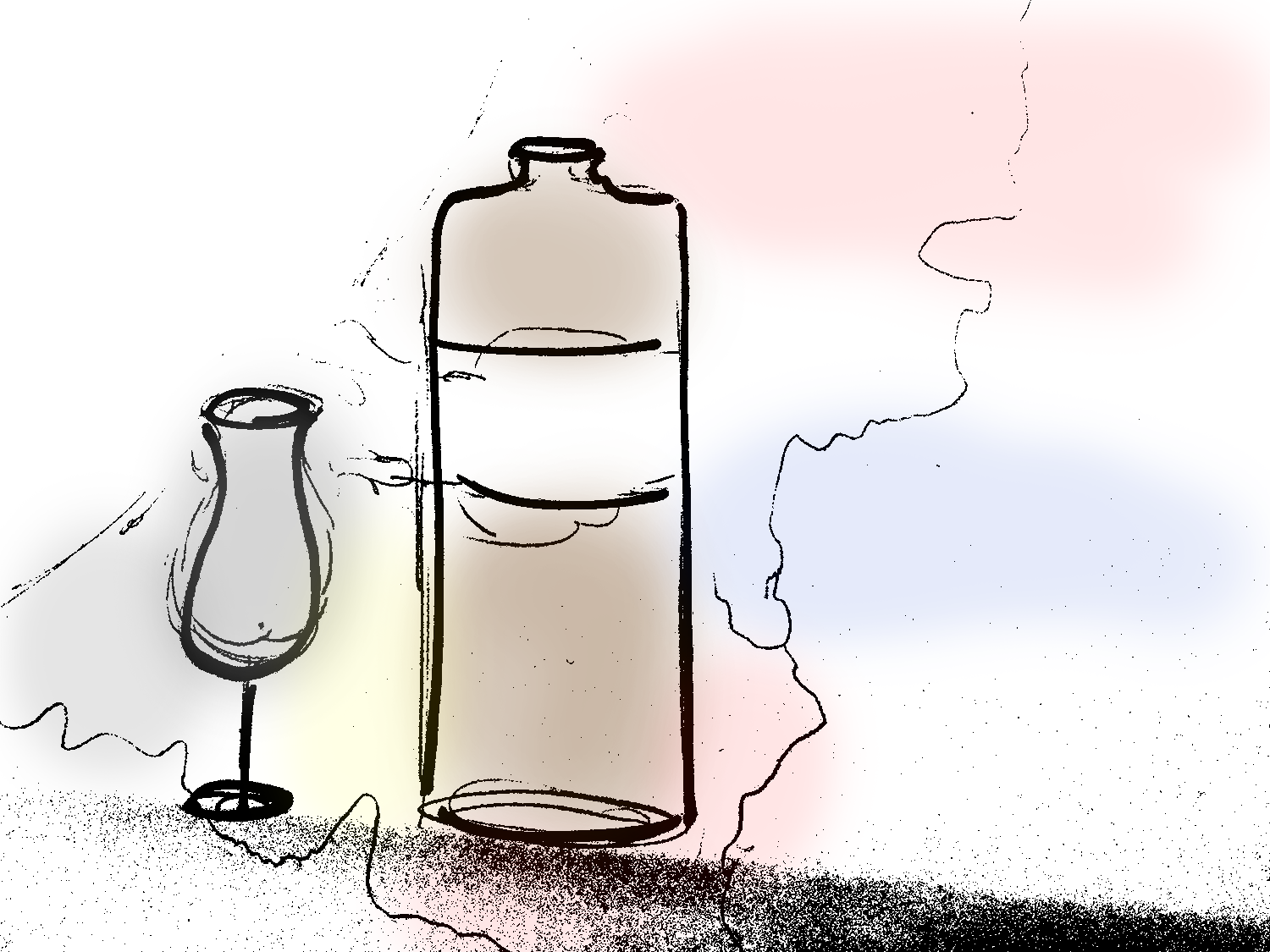Jenever is the Dutch ancestor of gin. It has the complexity of a brown spirit and the mixability of a white one, and should, in my opinion, be used much more often. Here I’ll explain Jenever production and how it is categorised.
The Dutch word for this spirit is jenever, which has been anglicised to Genever. In anglophone countries, it is sometimes referred to as Holland gin or Dutch gin. Jenever is derived from the Dutch word for juniper, jeneverbes.
Jenever Production
The EU protects the term only in regard to origin (and prescribes an alcohol strength of at least 35 % abv.) According to EU law, a distillate can only be called Jenever if it comes from Belgium, from the Netherlands or from two defined regions in both France or Germany. The Jenever production itself is not legally regulated by the EU, but by the country of origin.
The essential ingredient for Jenevers is moutwijn. Moutwijn is basically beer from barley, wheat or rye, which is distilled, usually three times. During the distillation, juniper and other botanicals are added. Even though moutwijn is usually translated with malt wine, realise that this is a distillate (and not a wine).
The moutwijn is then cut with neutral alcohol made from grain or molasses, and water.
Kinds of Jenevers
There is jonge (young) and oude (old) Jenever. Those names, however, do not refer to whether the spirit has been aged (it usually isn’t), but rather if it’s made in the new or old style.
- Jonge Jenever contains at most 15 % moutwijn and up to 10 grams of sugar per litre.
- Oude Jenever contains between 15 and 50 % moutwijn and up to 20 grams of sugar. If the alcohol added to the malt wine is grain alcohol, it may be called graanjenever.
- Bols Genever, which is probably the biggest brand on the market, contains over 50% moutwijn, putting it closer to korenwijn.
- Korenwijn contains between 50 and 70 % moutwijn and up to 20 grams sugar per litre. It is sometimes aged in oak barrels.
